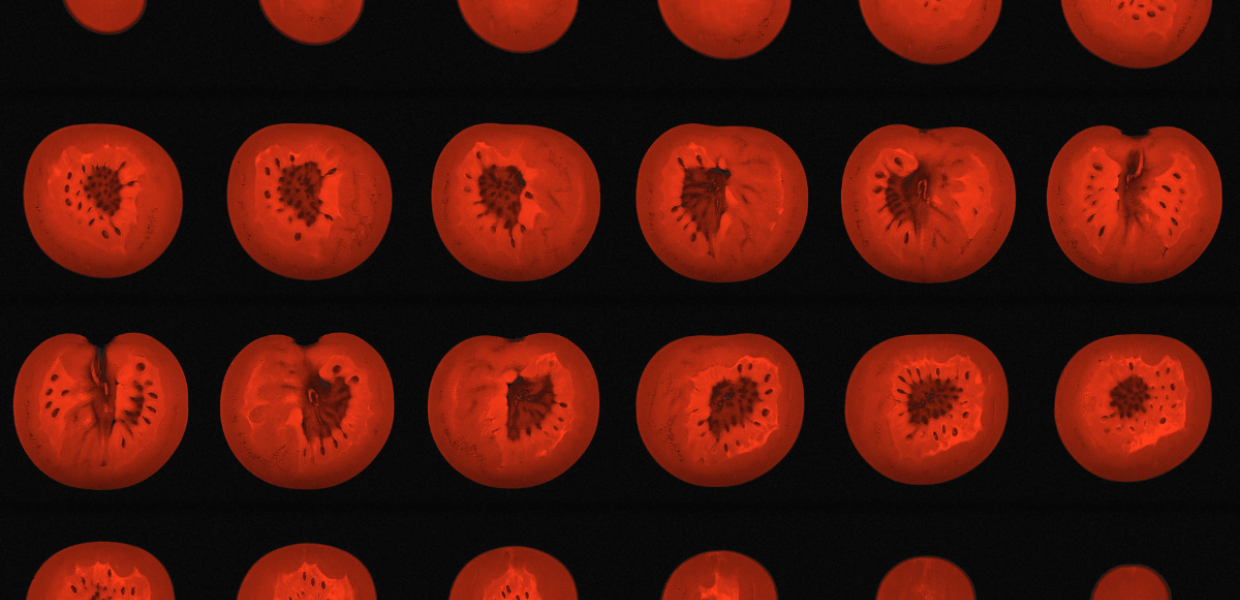Methodology
Seven out of ten participating collection day hosts were interviewed. Digital questionnaires were shared with those members of the public who contributed their stories and/or objects to the campaign, though in the end this was a very small sample. The findings attempt to consider the outcomes for both of these stakeholders.
Findings
The findings can be summarised as follows:
Europe at Work encouraged a sense of a European connection for participating hosts and those contributing their stories (both online and at events).
For the collection day hosts, the Europe-wide campaign brought local objects and stories to new, international audiences; created connections to partners across Europe; and for some, appeared to improve the standing or reputation of the host organisation.
Europe at Work collection days do not appear to have changed how the general public engage with or think about heritage institutions or digital cultural heritage, in the short-term.
Europe at Work strengthened collection day hosts’ relationships with existing audiences. Relationships were also strengthened with local partners. It does not seem to have generated connections with new audiences.
The campaign resulted in good relationships between Europeana Foundation staff and initiative, and the collection day hosts. Hosts seem likely to take part in future activity and be active in the wider Europeana network.
The general public value being able to preserve their stories, and the collection day hosts interviewed report that they enjoyed being able to connect with audiences at this level of depth.
Collection days support ongoing processes of digital change by reinforcing the value of being more digital or inspiring further digitisation. Change is more pronounced in cultural heritage organisations with a lower stage of digital maturity.
Collection day hosts are likely to use the skills they gained and the approach of the collection day in future work.
There was an element of value found in how the campaign increased the scale of a heritage institution’s collection, but this did not come through strongly.
The theme of a campaign is important in terms of who is attracted to participate, and it is also a key motivation for the heritage organisation to participate.
Conclusions
We see that the participating institutions are mostly undergoing digital transformation to a greater or lesser degree. We predict that campaigns like Europe at Work could help to encourage collection day hosts to include digital heritage in future participatory events, and in general, to encourage and support increased activity in the digital heritage field.
The European aspect of the campaign had value on a number of levels for the collection day hosts, and it also supported those who contributed their data to see their stories through an alternative, international lens. We are unable to judge to what extent this encouraged a sense of a European identity in the long-term but we suggest that this is a positive step in achieving this goal.
We see that it is likely that the participating collection day hosts become more regular participants in Europeana activity, and this suggests that participatory campaigns are effective ways to widen a network of organisations with whom Europeana can work with on a first-hand basis, in addition to the relationships nurtured by aggregators.
Validation and next steps
These findings have been designed to contribute to Europeana’s desire to continually improve the impact of its participatory campaigns. The approach used is more light-touch than used previously, for example in the Migration campaign, so this report also acts as an example of the type of impact assessment model that can be applied to activity in a less intensive and resource-demanding way.
The draft report was shared with interviewees prior to publication for their validation, that is, to ensure that the data had been interpreted correctly. A few interviewees responded, and feedback was positive.
You can download and read the full report through the link below.


